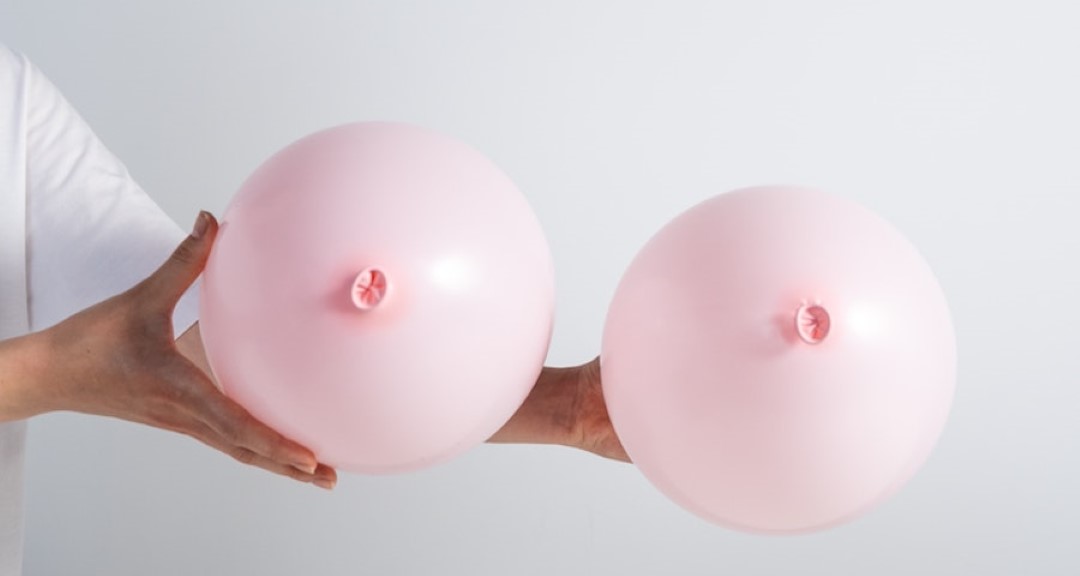If you’ve ever noticed that your nipples appear wrinkled or have an uneven texture, you’re not alone. Many people experience this phenomenon, and it’s perfectly normal. In this article, we will explore the reasons behind wrinkly nipples and discuss some common concerns related to this topic.
Understanding Wrinkly Nipples
Wrinkly nipples, often referred to as “pebbled” or “puckered” nipples, occur due to a combination of factors. The texture and appearance of your nipples can vary from person to person, and these variations can be influenced by factors like age, genetics, and hormonal changes.
Age and Skin Elasticity
One of the primary reasons for wrinkly nipples is the natural aging process. As we get older, our skin loses some of its elasticity. This reduction in elasticity can lead to the appearance of wrinkles or fine lines, not only on the face and body but also on the nipples. This is a normal part of the aging process and is nothing to be concerned about.
Hormonal Changes
Hormonal fluctuations in the body can also impact the texture of your nipples. During pregnancy and breastfeeding, for example, the breast and nipple area goes through significant changes. The nipple may become more pronounced and textured, and the areola might darken. These changes are attributed to hormonal shifts and are part of the body’s natural preparation for breastfeeding.

Genetics and Body Variation
Genetics play a crucial role in determining the characteristics of your nipples. Just as the shape, size, and color of nipples can vary among individuals, so can their texture. Some people may have naturally smoother nipples, while others have a naturally textured or wrinkled appearance. Your genes dictate the baseline appearance of your nipples.
Weight Fluctuations
Significant weight fluctuations can also influence the texture of your nipples. When you gain or lose weight rapidly, it can affect the elasticity of your skin. This can lead to temporary changes in the appearance of your nipples. Over time, with weight stabilization and healthy lifestyle choices, the texture of your nipples may return to its baseline state.
- Are wrinkly nipples a sign of a medical condition? Wrinkly nipples are usually not a sign of a medical condition. They can be a result of natural aging, hormonal changes, genetics, or temporary factors like weight fluctuations. However, if you notice any sudden, significant changes in your nipple texture, such as redness, swelling, or discharge, it’s essential to consult a healthcare professional to rule out any underlying medical issues.
- Can wrinkly nipples be reversed or treated? The texture of your nipples, influenced by factors like aging and genetics, cannot be easily reversed or treated. However, maintaining overall skin health can help promote elasticity. Using moisturizers and protecting your skin from excessive sun exposure can be beneficial.
- Can I prevent wrinkly nipples? While you can’t completely prevent the natural aging process, some steps can help maintain the overall health and appearance of your nipples. Staying hydrated, maintaining a healthy diet, and avoiding smoking can promote skin health. Wearing a well-fitting, supportive bra can also help reduce the effects of gravity on your breasts and nipples.

- Do wrinkly nipples affect breastfeeding? Wrinkly nipples do not typically interfere with breastfeeding. In fact, the changes in nipple texture during pregnancy and breastfeeding are part of the body’s preparation for this function. However, if you have concerns or difficulties with breastfeeding, consult a lactation consultant or healthcare provider for guidance.
- When should I seek medical attention for nipple concerns? If you experience sudden, unexplained changes in your nipple texture, such as persistent pain, discharge, or skin abnormalities, it’s crucial to seek medical attention promptly. These could be signs of an underlying medical condition, and early diagnosis is essential for effective treatment.
In Conclusion
Wrinkly nipples are a common and natural occurrence, influenced by factors such as aging, genetics, hormonal changes, and weight fluctuations. While they are typically harmless, it’s essential to pay attention to any sudden, significant changes in your nipple texture, as these could be indicators of underlying medical issues. Overall, embracing and caring for your body, including your nipples, is the best way to maintain skin health and feel confident in your own skin.

